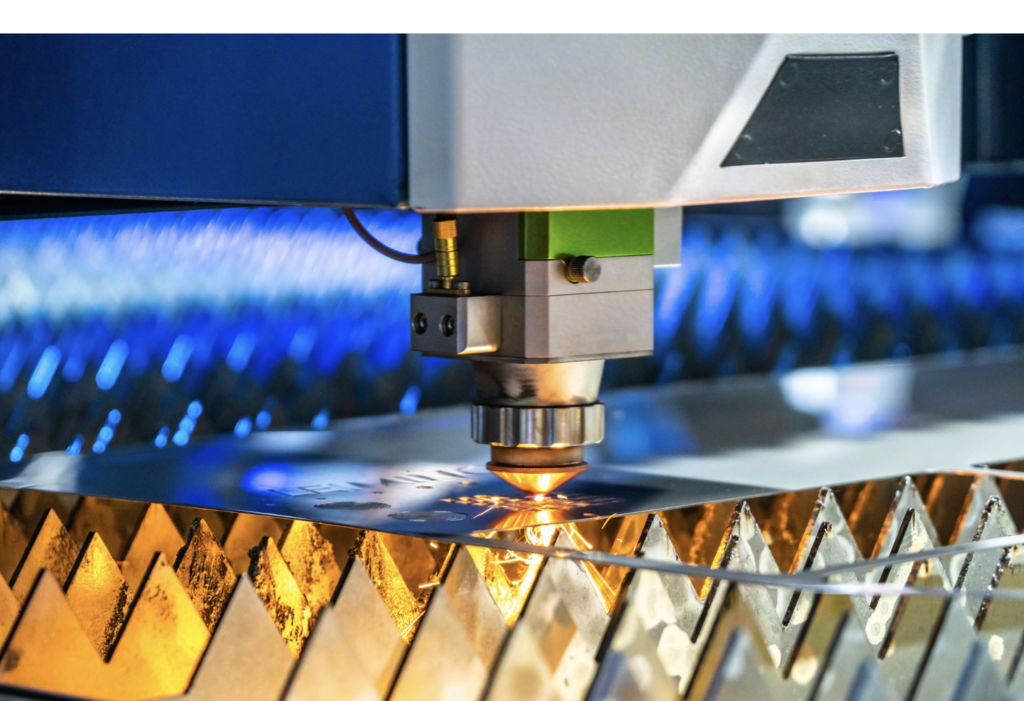When the laser cutting machine is used for a period of time, the laser lens will appear to fall off the film, metal residue, dents, scratches and other phenomena, which will lead to a significant reduction in the function of the laser cutting machine, in order to properly play the function of the laser cutting machine will need to be replaced in a timely manner with a new protective lens. The following let the laser cutting machine manufacturers to tell you.

Laser lens installation precautions
1, the lens needs to wear rubber gloves when taking out the lens, the oil on the skin will contaminate the lens and affect the effectiveness of the lens.
2, take the lens can only be lightly pinched by hand, do not use tweezers and other hard tools.
3, lenses need to be placed on special lens paper when stored temporarily to avoid scratches when stored and taken out.
Notes on lens cleaning.
1, use the air ball to blow out the lint, dust and floating matter on the surface of the lens, do not use compressed air, compressed air contains a high fraction of oil and water, which can seriously pollute the protective lens
2.Use cotton swab or cotton ball dipped in wet propanol and clean the surface of the lens slowly and gently. Wiping the surface of the lens needs to be scratched as soon as possible to facilitate the evaporation of the propanol and not leave streaks.

Note:
1) Use cotton swabs with paper handles and high quality surgical cotton balls.
2) Reagent grade propanol is recommended.
3) Moderately clean moderate contaminants, such as oil or sweat stains, by wetting a cotton swab or cotton ball with white vinegar and scrubbing the surface with very little force, then wipe off the excess white vinegar with a dry swab. Then immediately wet a cotton swab or cotton ball with acetone and gently scrub the surface to remove the residual acetic acid.

Lenses that are still cleaning ineffective after using the above cleaning process may be that the membrane layer of the lens has been wiped off and the lens has lost its function, and a significant change in color from the initial lens indicates the loss of the membrane layer.
1, for those lenses that are extremely contaminated, such as metal splashes very serious, we use a polishing paste to remove these contaminants. Shake the polishing paste well, pour 4-5 drops onto a cotton ball and let the ball move in a circular motion on the lens. There is no need to press down on the cotton ball, its self-weight is enough.
If you use too much pressure, the polishing paste will quickly scratch the surface. Turn the lens over frequently to avoid over polishing in one direction. The polishing time should be limited to 30 seconds. Any time that a color change is noticed, stop polishing immediately, indicating that the outside of the film is being corroded. No polishing paste can be used toothpaste.
2.Wet a new cotton ball with distilled water and gently swab the surface of the lens, wetting it all over to remove as much polishing paste as possible. Be careful not to let the lens surface become dry, it will be difficult to remove the remaining polishing paste.

3.Quickly wet a linted cotton swab with propanol and gently clean the entire surface of the lens, removing as much polishing paste as possible. Note: If the lens is more than 2 inches in diameter, use a cotton ball instead of a swab for this step.
4.Wet a linted cotton swab with acetone and gently clean the surface of the lens. Remove the polishing paste and propanol left from the previous step. For the final cleaning with acetone, gently swab over the lens, overlapping until the entire surface has been scrubbed. During the final scrubbing, move the swab slowly to ensure that the acetone on the surface dries quickly. This will eliminate the streaks on the surface of the lens.
5.The final step in the inspection of clean lenses is to carefully examine the surface of the lenses in the sunlight, on a black background. If residues of polishing paste are found, this can be repeated until it is completely removed. Note: There are some types of contamination or damage that there is no way to remove, such as metal splashes, dents, etc. If such contamination or damage is found, then you will need to return the lenses for repair or replacement.
